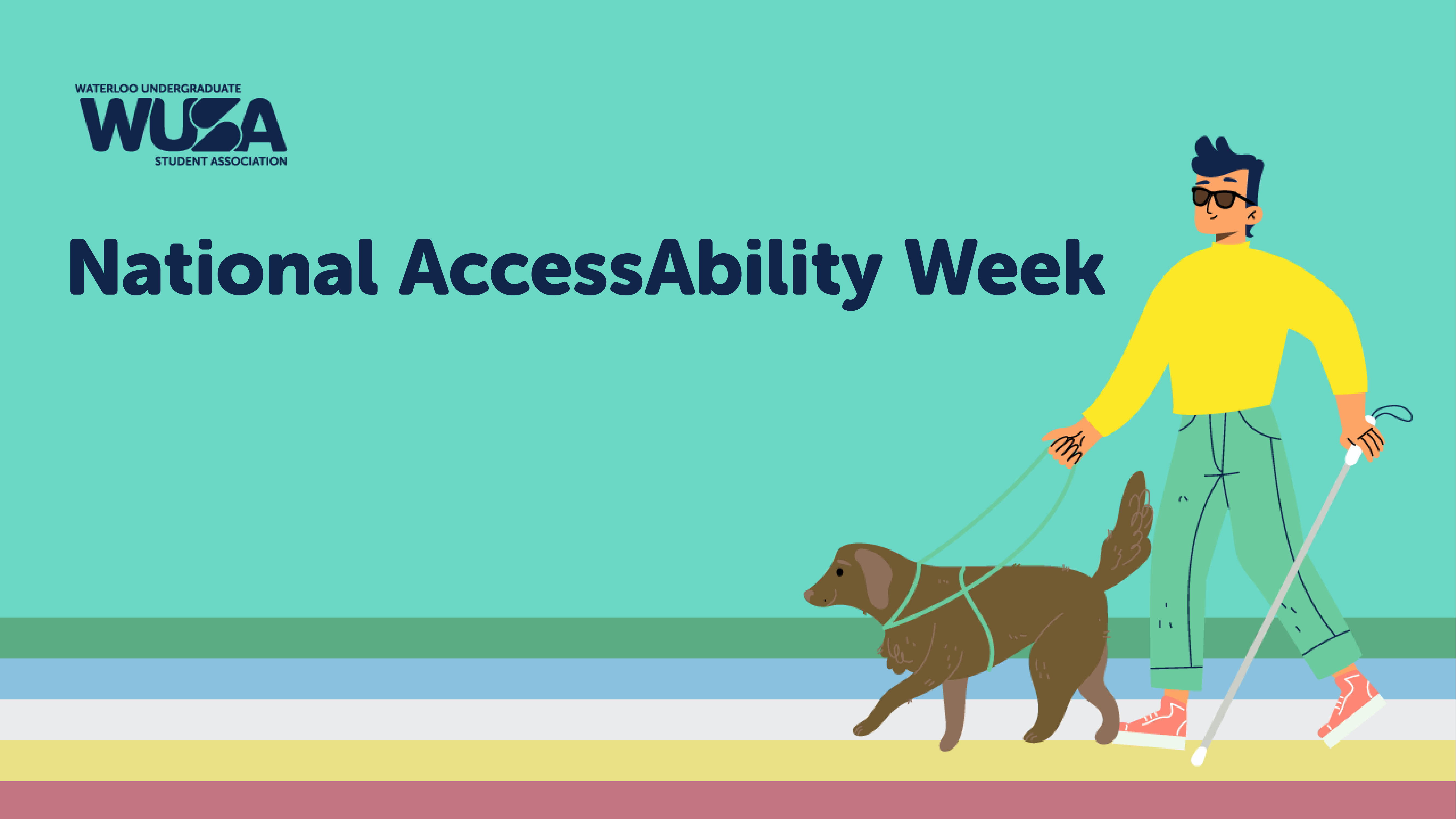Designing for Everyone: Embracing AccessAbility and Inclusion During National Accessibility Week

This year, May 25th to 31st is National AccessAbility week; a time to reflect on how to build more accessible communities! Creating truly inclusive spaces means going beyond good intentions. It requires actively designing environments where everyone feels welcomed, valued, and able to participate fully.
Accessibility: A Necessary Part of Inclusive Communities
Accessibility refers to the proactive design of spaces, events, and systems so that they are usable by as many people as possible, without the need for adaptation. It’s about visibility, integration, and removing the burden from individuals to constantly advocate for their basic needs.
While many might associate accessibility with disability, accessibility encompasses a wide range of inclusive practices. It’s about creating a space where everyone feels like they can bring their full authentic selves. Last year’s Student Safety Report found that, “students who identify as having a disability and students grouped as gender non-conforming are less likely to agree that their values are respected on campus, that they feel they belong on campus, or that they can be their authentic self on campus.” These findings highlight how deeply access and inclusion are connected and how much work is still needed.
Accessibility is an urgent need in all its forms: physical, emotional, social, and digital. It’s not about convenience, but justice. No person should feel like their presence is a burden.
Championing Accessibility as Student Leaders
Thinking about how to make your event more accessible can feel overwhelming at first. If you’re not part of the group with accessibility needs, it might be difficult to know what accessibility needs your participants might have. Additionally, different people might have unique accessibility requirements that need to be accommodated. To aid you in creating more accessible events, WUSA and the Campus Accessibility Team collaborated to create an Inclusive Event Guide for Student Leaders.
This guide will show you how to:
- Design and plan with intention: inclusion isn’t accidental. It requires meaningful and proactive planning. This might mean adding additional line items to your event budget or a change of venue.
- Provide information in advance: give students as many details as possible about what to expect. You don’t know what every student may need. Students can better advocate for themselves if they know what to expect.
- Provide options and alternatives on how to attend and participate: hybrid attendance and alternative high/low energy activities and environments can be ways to include a larger number of participants.
Additionally, the guide includes the Starter Checklist for Inclusive Events with specific ideas on how to make your event more inclusive.
Additional Accessibility Resources
- Campus Accessibility: connects you to various accessibility services, provides accessibility training, and information on the University of Waterloo’s continued efforts to make campus more accessible.
- AccessAbility Services: helps you create and manage your individual academic accommodation plan. Connects you to peer support resources, test accommodations, scholarships, accessible housing, and more.
- Library Accessibility Services: offers services, technologies, and equipment in a quiet, scent-free environment, and supports students with diverse accessibility needs throughout their educational experience at the University of Waterloo.
- Campus Wellness: provides primary medical care and mental health services to all students at the University of Waterloo.
Honouring National Accessibility Week with Meaningful Change
As we recognize National AccessAbility Week, we’re reminded that accessibility is not optional; it is essential. Accessible design in all its forms is how we move from intention to impact. If you’re planning events or creating campus spaces, start with intention, explore the Inclusive Event Guide, and help build a community where every student has access, dignity, and belonging.
Silvia Randazzo Carrie
Communications Assistant
Published: Tuesday, May 20, 2025
